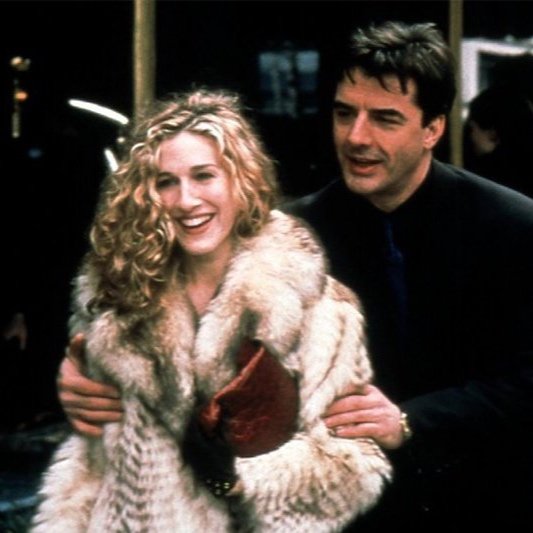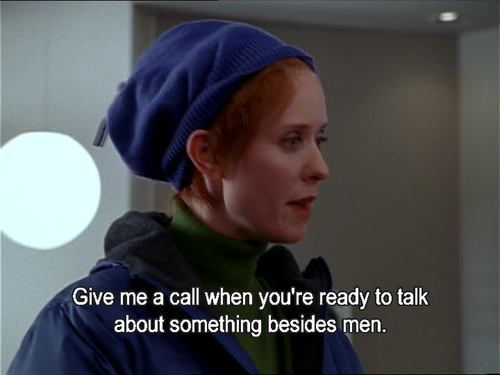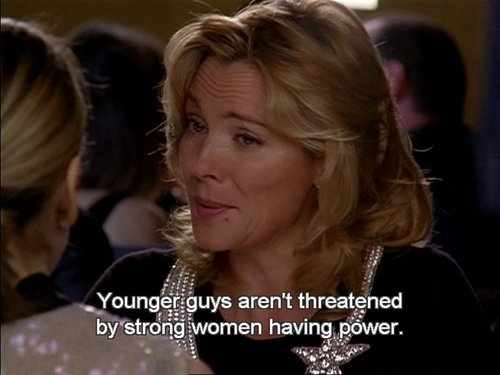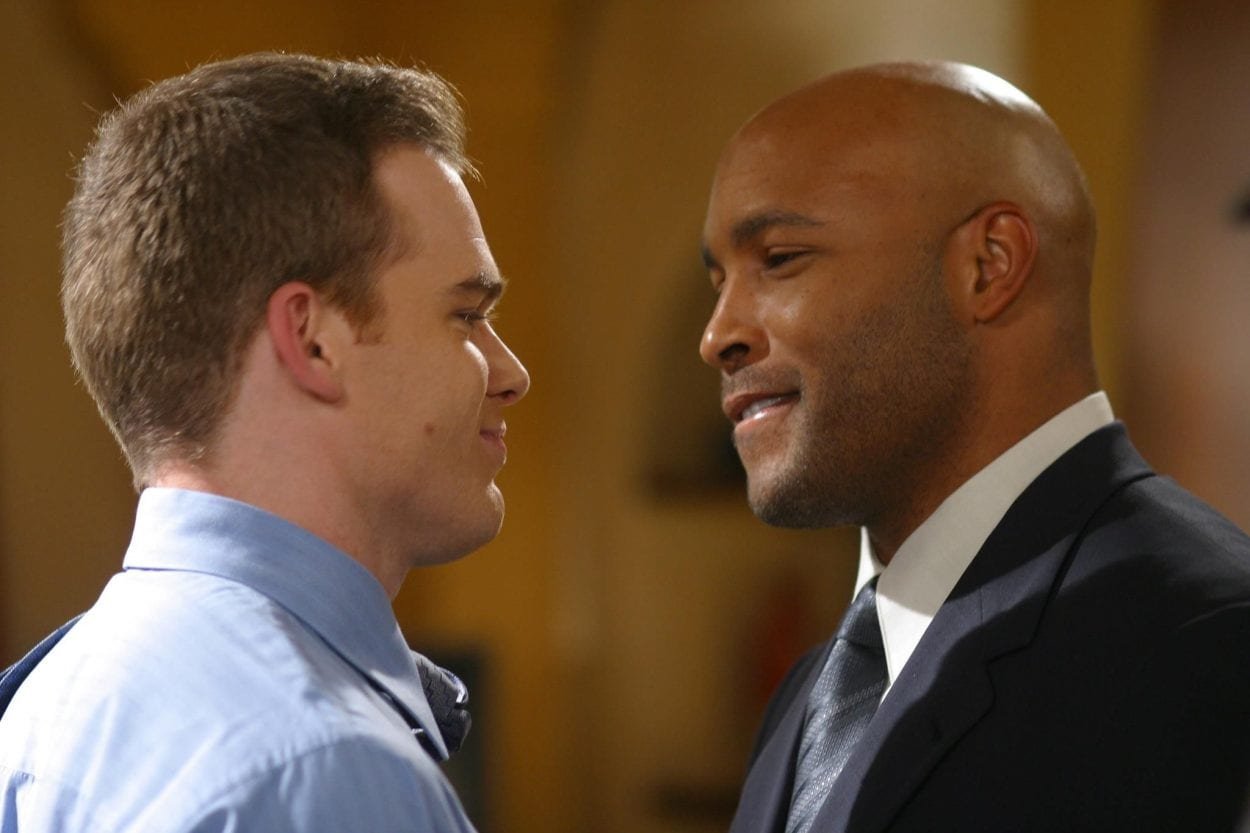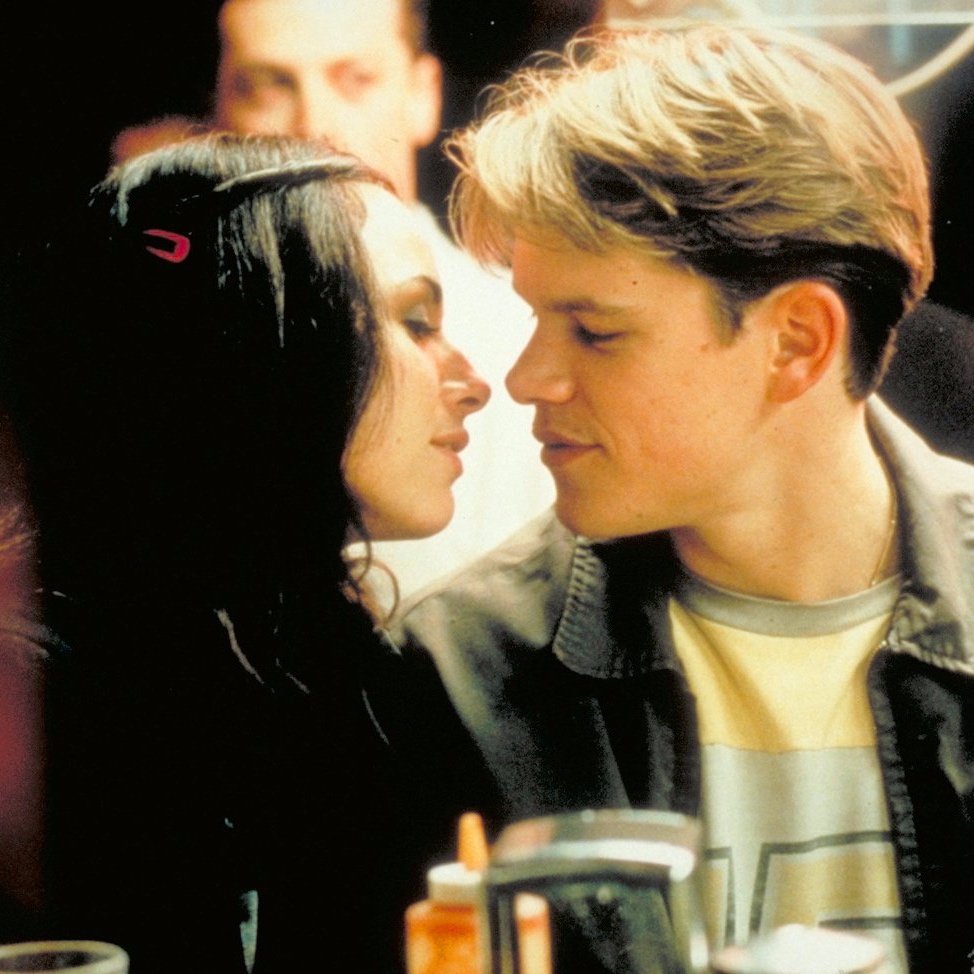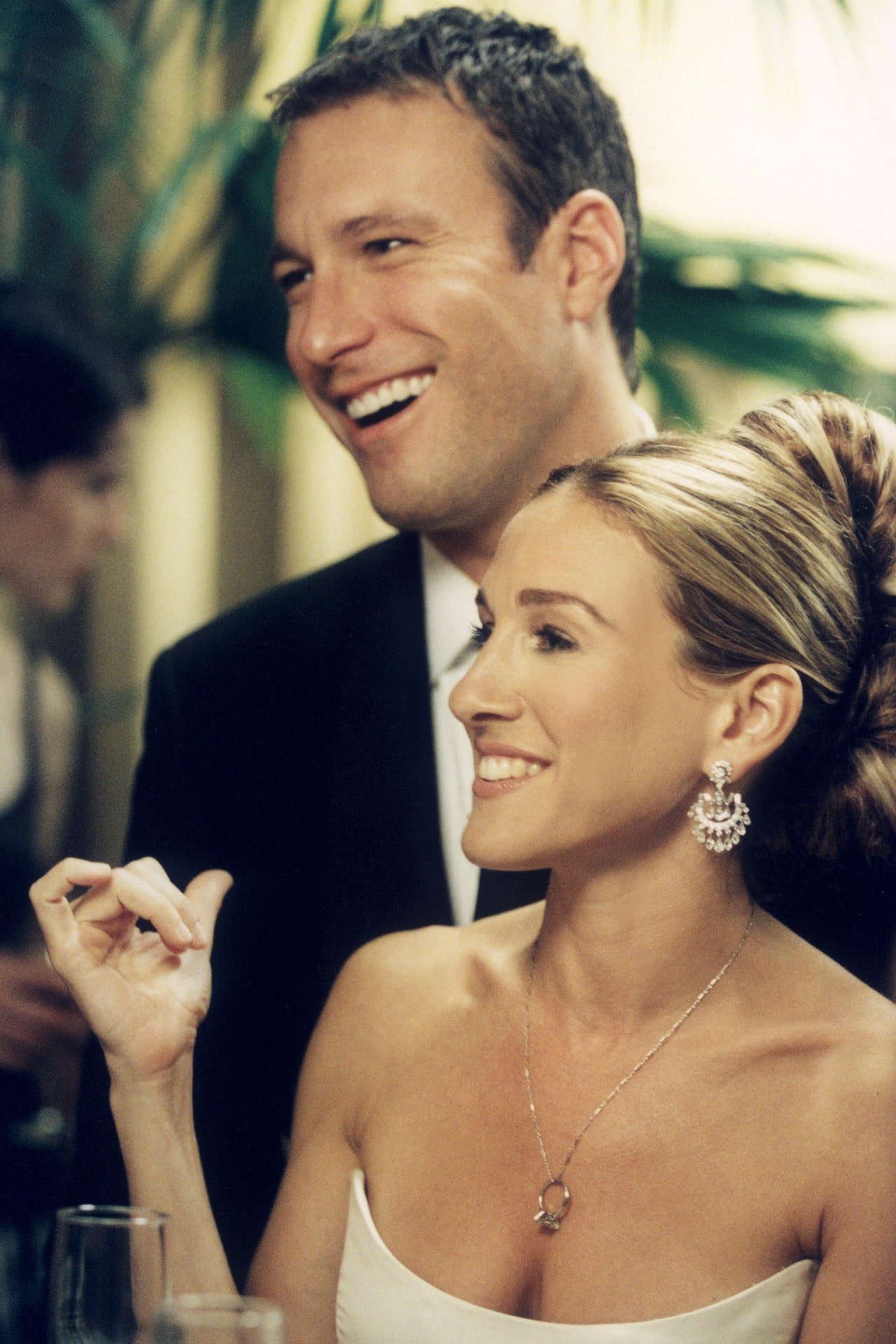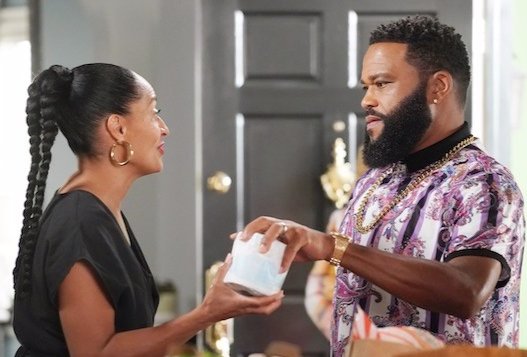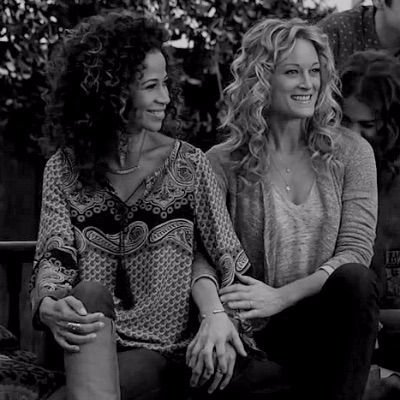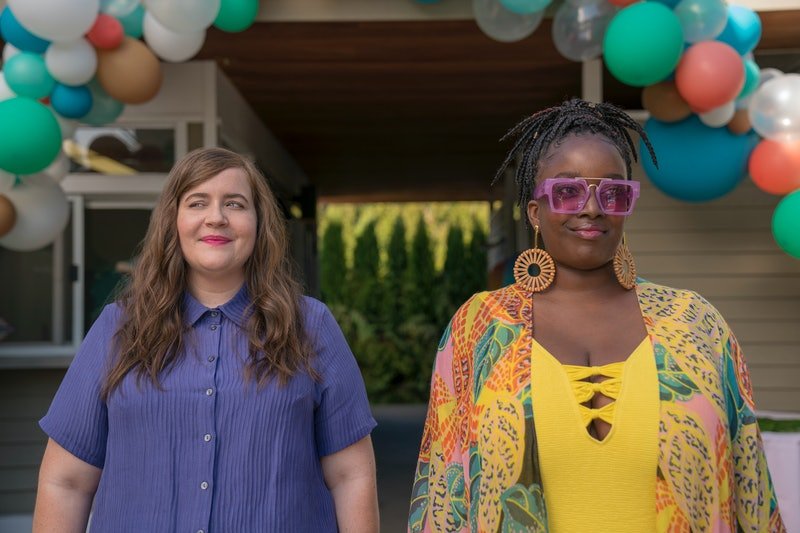Attachment Styles: Learn Your Type Through Iconic On-Screen Characters
We learn our zodiac signs like it’s our religion and memorize the birth charts of anyone who comes into our lives as we are curious and cautious. But what about our attachment styles? Learning about how we approach relationships and friendships can tell us a lot about where we stand in regards to the kind of friend or partner we are in life, and essentially look into a crystal ball of where relationships will lead. Gaining knowledge about yourself in this way can tell you about your psyche and how to support yourself and others better.
Source: Mind Body Green
There are four basic attachment types: Anxious-preoccupied, Avoidant-dismissive, Disorganized/fearful-avoidant, and secure. To not make this seem like a psychological evaluation, let’s keep it fun by including some of our favorite TV and movie characters.
Anxious-preoccupied
This type of attachment includes behavior and a mindset of being overly dependent on a partner or anyone close in your life. This person can not be alone for long periods of time. A person with this attachment type needs constant reassurance, and for the other person to be fully accessible. Any slight changes in a friend or partner will have the anxious-preoccupied person worrying and thinking of the worst-case scenario. There is a continuous feeling of fear of abandonment and rejection in this relationship, and if the person does not feel secure then they will become clingy and demanding out of anxiousness.
Sources: Popsugar, Entertainment Weekly, Observer, and Repeller.
A few examples of this style as seen on TV include Leslie Knope & Ann Perkins from Parks and Recreation, Rue & Jules from Euphoria, Tate & Violet on AHS, Halston & Victor Hugo from Halston, and Carrie Bradshaw & Big from Sex and The City. What all these characters have in common is a strong dependence on the other and overthink their behaviors.
They feel that the relationship or friendship is not clear and need reassurance that their partner will stay and love them. This dynamic is also seen as one person who places more effort and energy into the relationship. This can easily be seen between Carrie Bradshaw and Big as she thinks about the relationship more, showcases her love in obvious ways, and worries about their future as Big can not commit and doesn’t allow Carrie to fully enter his life.
Avoidant/ Dismissive
This type is seen as highly independent and does not need emotional support from others. People with this style have a high level of confidence and believe they don’t need a relationship in their life; they can take on the world on their own. A person with an avoidant/dismissive style takes pride in their strong independence, but this does tend to mean that this attachment style in people will make it difficult to open up emotionally, have trust issues, and let anyone in their life.
Sources: Vogue UK, Quotes Gram, and Tumblr.
Two characters who represent this style perfectly are Samantha Jones and Miranda Hobbes from Sex and The City. These women are constantly reminding themselves and the other characters they are strong, successful New York City women who never need a man in their life. Although it is inspirational, these women have a hard time letting someone into their lives and getting into strong emotional relationships when someone does come along. Another classic character is the infamous Chuck Bass from Gossip Girl. Chuck is the Upper East Side bad boy who is manipulative, selfish, and continuously sabotages his relationship with Blair because he could not get too emotionally invested and vulnerable.
Disorganized/ Fearful Avoidant
People with this style have a rollercoaster of emotions that can enter a relationship. This is because the person desires intimacy and want all the wonderful things that come with a relationship, but has trust issues and a fear of rejection. Those with the disorganized/ fearful-avoidant style will have a hard time being consistent with their emotions as fear stays in the back of the mind.
Sources: 25 Years Later Site, Men’s Health, Bravo TV, Vogue UK, IBMd, and Bustle.
An iconic couple that showcases this style is Keith and David from Six Feet Under. This couple has had an on-and-off relationship throughout the entirety of the show; both Keith and David’s mood changes at different times which results in a hot and cold relationship. A few other characters that came to me were Will Hunting from Good Will Hunting, Maddie Murdock from Love and Other Drugs, Cassie from Euphoria, Andy from Pretty In Pink, and Aidan from Sex and The City. The similarities between these characters are that they all fear rejection from their partner, but show it differently by either being stand-offish or demanding and clingy.
Secure
The secure attachment style is the end goal where people want to be for themselves and the relationships in their lives. This type of attachment means that the person is comfortable with themselves and feels confident expressing their emotions regardless of the outcome. A secure attachment style indicates that a person holds a strong amount of self-love for themselves and puts in the energy of healthy communication and honesty in the relationships in their life; a person with this style also has the security to be alone and find joy with themselves.
Sources: TV Fanatic, PopSugar, People, Refinery29, Pinterest, BuzzFeed, Bustle, and The Harvard Crimson.
A handful of characters that are great examples is Pam & Jim from The Office, Veronica & Kevin from Shameless, Gomez & Morticia from The Addams Family, Stef & Lena from The Fosters, Cheryl & Toni from Riverdale, Rainbow & Dre Johnson from Black-ish, Otis & Eric from Sex Education, and Annie & Fran from Shrill. What all these characters have in common is that they can all be themselves comfortably and accept each other. It’s smooth sailing with very few complications.
From this information, I hope there is an attachment style that you can relate to especially with these specific characters. Looking into these behaviors we hope that readers can look within themselves and become aware of what kind of relationship they have with themselves those around them.
Do realize that attachment styles differ for each person and develop within the specific environments you grew up in and how you were raised. Here is an in-depth quiz you can take by The Attachment Project to find out your style.
What is your attachment style? Leave a comment below.


